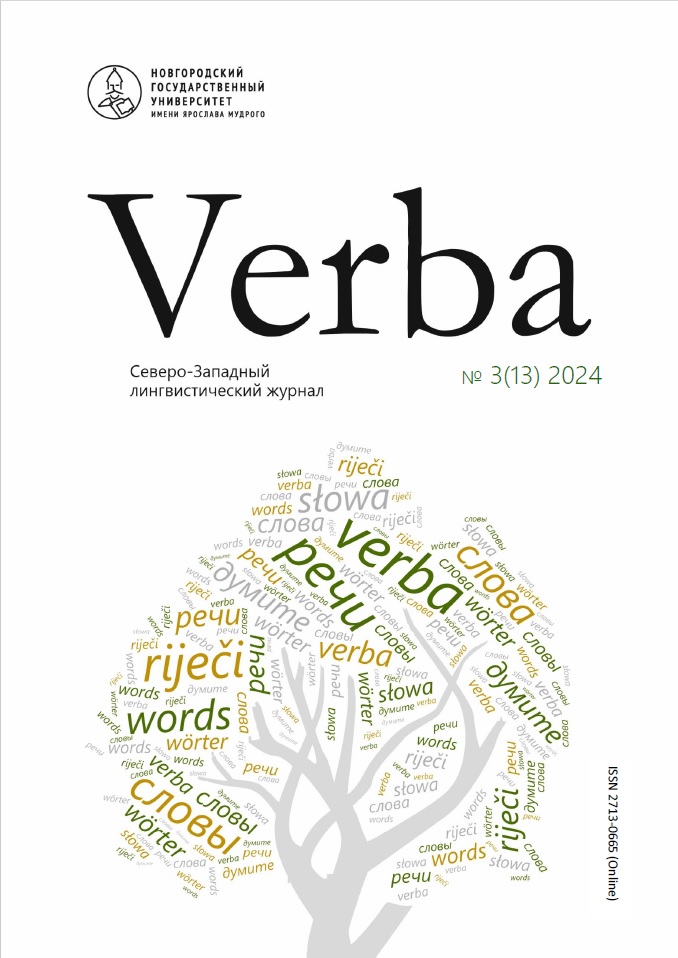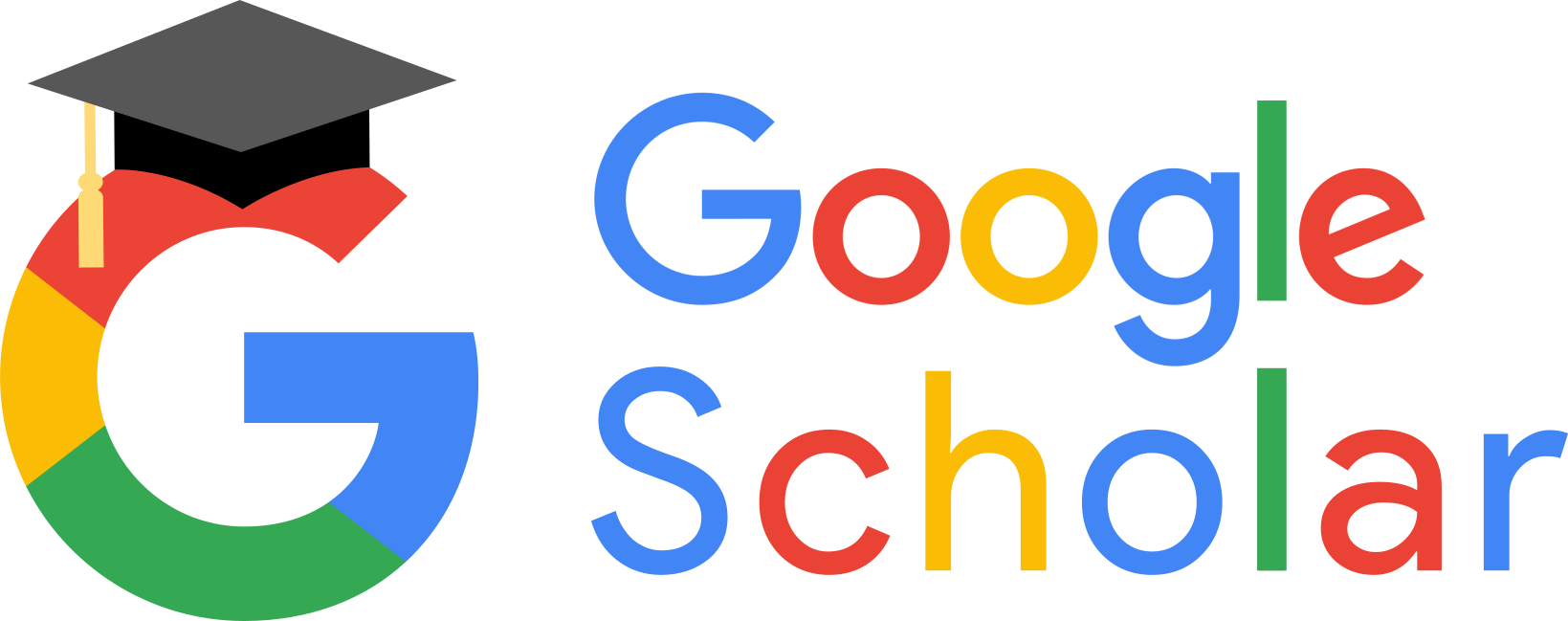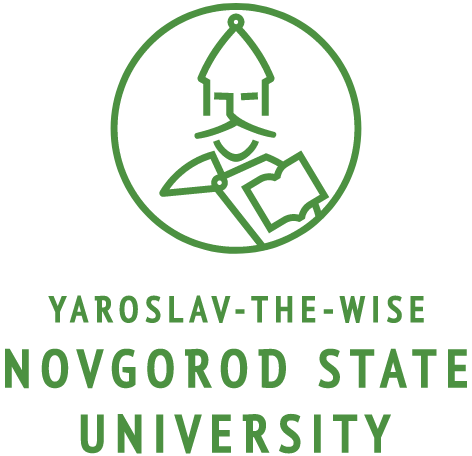Prompt Language, or Features of Formulation of Queries to Generative Neural Networks for Image Creation
DOI:
https://doi.org/10.34680/VERBA-2024-3(13)-50-61Keywords:
generative neural networks, neural networks, neural network model, image generation, artificial intelligence, prompt engineering, prompt language, promptAbstract
The article deals with the problem of formulating a competent request (prompt) to generative neural networks that allow to create an image. This topic is currently very relevant, because due to the rapid development of technological progress, artificial intelligence systems are being implemented in almost all areas of human life. Many users do not know how to properly make a request to a generative neural network, so the result is often inaccurate or even incorrect. In the course of the research, an experiment was conducted, in which 67 students of NovSU Polytechnic College, majoring in Information Systems and Programming, took part. The students were asked to answer the following question: How would you make a request for Stable Diffusion to create a portrait of a young programmer at a desk in a modern office with panoramic windows, working at a laptop? Also there is a mug of coffee on the desk. The results of the experiment have shown what mistakes users most often make when writing prompts, how to avoid them, and also helped to introduce a new term – prompt language and describe its main features. It has been found that in order to get the desired result when formulating a prompt the user should use the English language, since modern models are trained on English language databases. In addition, it is necessary to sometimes ignore the rules of grammar and syntax, as this can complicate the task of the generative neural network. Also, when creating non-existent objects or hybrids, in a query, you can use square brackets and numbers to mix keywords in a certain ratio, which is useful for creating unique or fantasy images.
Downloads
Downloads
Published
How to Cite
Issue
Section
License
Copyright (c) 2025 Verba

This work is licensed under a Creative Commons Attribution-NonCommercial 4.0 International License.








